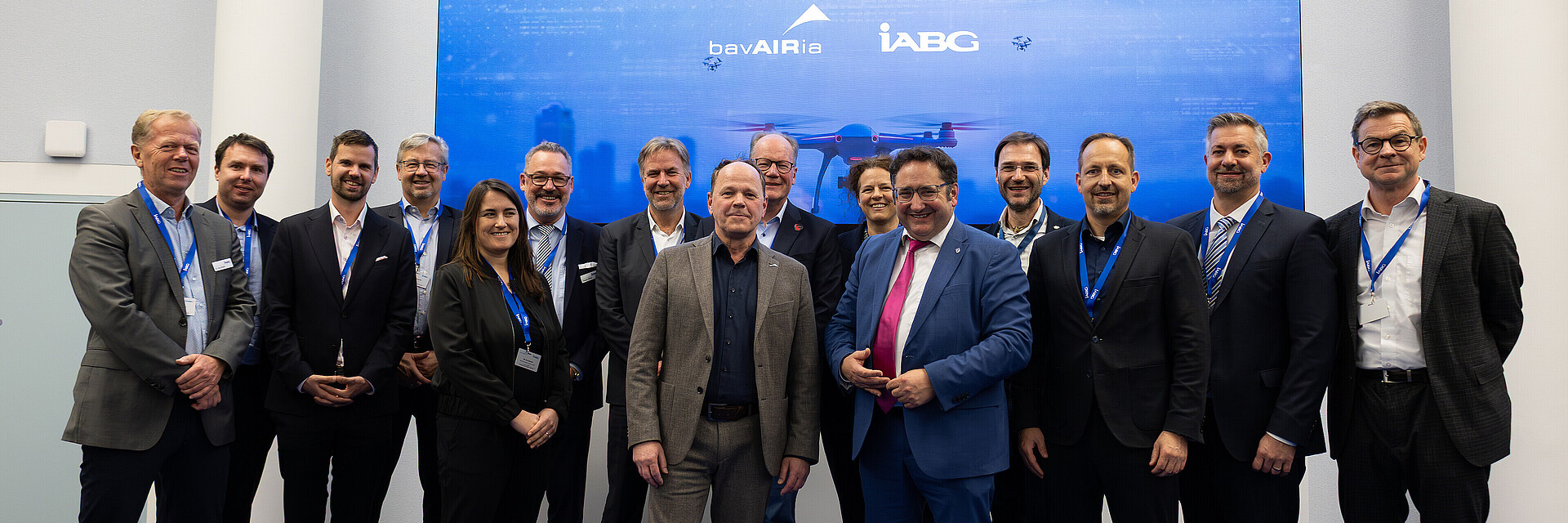- Home
- NEWS AeroSpace meets Safety and Security
- Home
- NEWS AeroSpace meets Safety and Security
AeroSpace meets Safety & Security:
A Day of Key Impulses for Tomorrow’s Security
Ottobrunn, 25 November 2025 – How can we shape security in a world increasingly dependent on digital technologies? This question ran like a central thread through the “AeroSpace meets Safety & Security” event, jointly hosted by bavAIRia and IABG in Ottobrunn. Experts from industry, research and politics explored a wide range of domains – from airspace to orbit.
UAS: Benefits and Limitations in the Context of Critical Infrastructure
In his keynote, Dr Stefan Mändel (ACENTISS) highlighted that Europe has a wide range of capable UAS technologies. However, their deployment specifically in the context of critical infrastructures often proves uneconomical. High operational requirements, site-specific conditions and lengthy certification processes mean that practical benefits frequently fall short of their theoretical potential.
While drones offer extensive opportunities for monitoring and operational support, they also pose an increasingly dynamic risk. Operators of critical infrastructures face new vulnerabilities, as even small or low-cost UAS can penetrate security perimeters, disrupt sensors or interfere with operational processes. Attacks often require minimal effort, whereas defensive measures tend to be complex and highly site-dependent.
The panellists agreed that progress will largely depend on greater speed and scalability when integrating UAS into critical-infrastructure applications. The planned Innovation Lab of the German Armed Forces in Erding was cited as a positive example. By fostering close collaboration between the Armed Forces, industry and start-ups, it aims to significantly shorten innovation cycles. To ensure timely adoption of new technologies, procurement authorities and contracting bodies will need to adapt to these accelerated development dynamics.
Counter-UAS: Emerging Threats, Evolving Responses
The protection of critical infrastructures against drone attacks was one of the most intensively discussed topics. IABG applies simulation-based methodologies, using digital twins to assess the effectiveness of different sensor configurations and to derive precise requirements for C-UAS systems. This enables operators to take informed decisions and implement targeted protective measures.
Participants emphasised that contemporary threat scenarios involving unmanned aerial systems are highly heterogeneous and cannot be addressed by single effectors alone. Integrated solutions are needed, combining sensor technology, analytics, decision-making and effectors. Against this backdrop, autonomous interceptor drones – currently considered primarily for military use – are being discussed as a potential complement to established C-UAS architectures. Such systems can offer advantages in specific scenarios, but require clear technical and regulatory frameworks as well as careful evaluation of their operational environment.
Another issue raised in the context of critical infrastructure protection was the new KRITIS Umbrella Act. It introduces a nationwide framework obliging operators of critical facilities to conduct risk assessments, implement protective and precautionary measures and report security-relevant incidents. As a result, demand for robust, site-specific security solutions – including modern C-UAS architectures – is set to grow further.
Space as a Stabilising Factor
The afternoon focused on the role of space. In his keynote, Dr Jörg Schäfer (IABG) emphasised the dual security significance of space activities. On the one hand, space has itself become a critical infrastructure: navigation, communication and Earth observation systems provide essential foundations for economic activity, public administration and security. Their availability and integrity are vital for the functioning of modern societies.
On the other hand, space-based services directly contribute to the protection of other critical infrastructures. Satellite systems enable situational awareness, identify risks, support crisis management and provide reliable data for planning and operations. Examples from current projects – including Earth observation, navigation security and space-situational-awareness activities – illustrate how these services enhance the resilience of energy, transport, communication and security infrastructures.
A further discussion addressed risks arising from technical faults, cyberattacks and deliberate manipulation of space-based services. The exchange highlighted the need for robust architectures, international cooperation and continuous development. Examples from IABG’s work – such as spoofing and jamming analyses conducted in their own GNSS laboratory – demonstrated the practical implications of these challenges.
Political Perspectives and Outlook
In the political dialogue, State Secretary Tobias Gotthardt underlined the importance of a sovereign European competence and industrial base in the field of space and security. He stressed that resilience is not an abstract concept but a strategic necessity. He also noted that existing challenges resulting from fragmented political and administrative responsibilities must be addressed in a coordinated manner in order to create clearer regulatory frameworks and more efficient decision-making processes.
The event demonstrated that effective security solutions emerge only through the interaction of technology, strategy and policy. The organisers intend to continue and expand this dialogue in the coming year.
Impressions from the event
Please mark the use of the image material with ©IABG. Thank you very much. The captions are displayed when you click on the image (blue box bottom right).
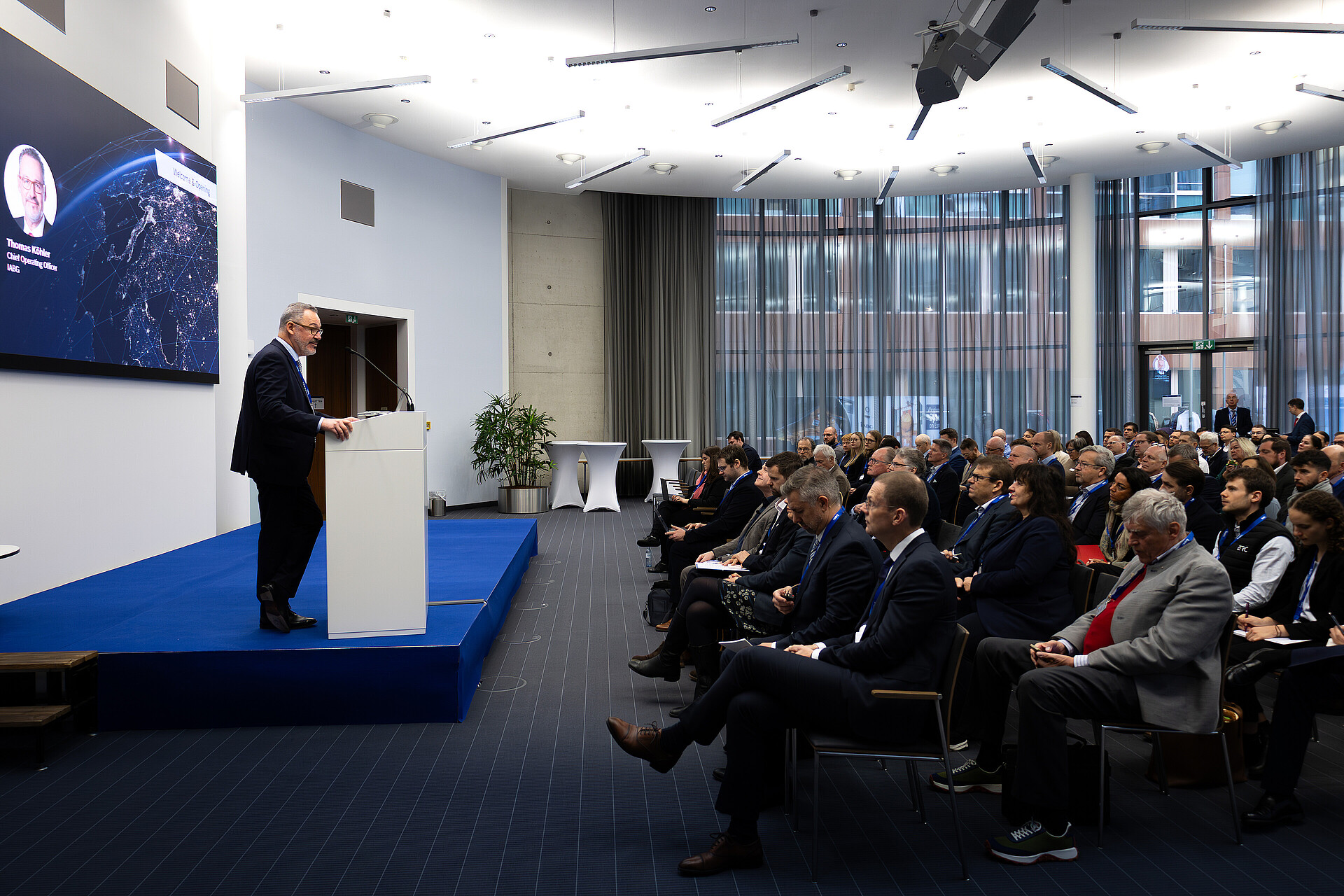
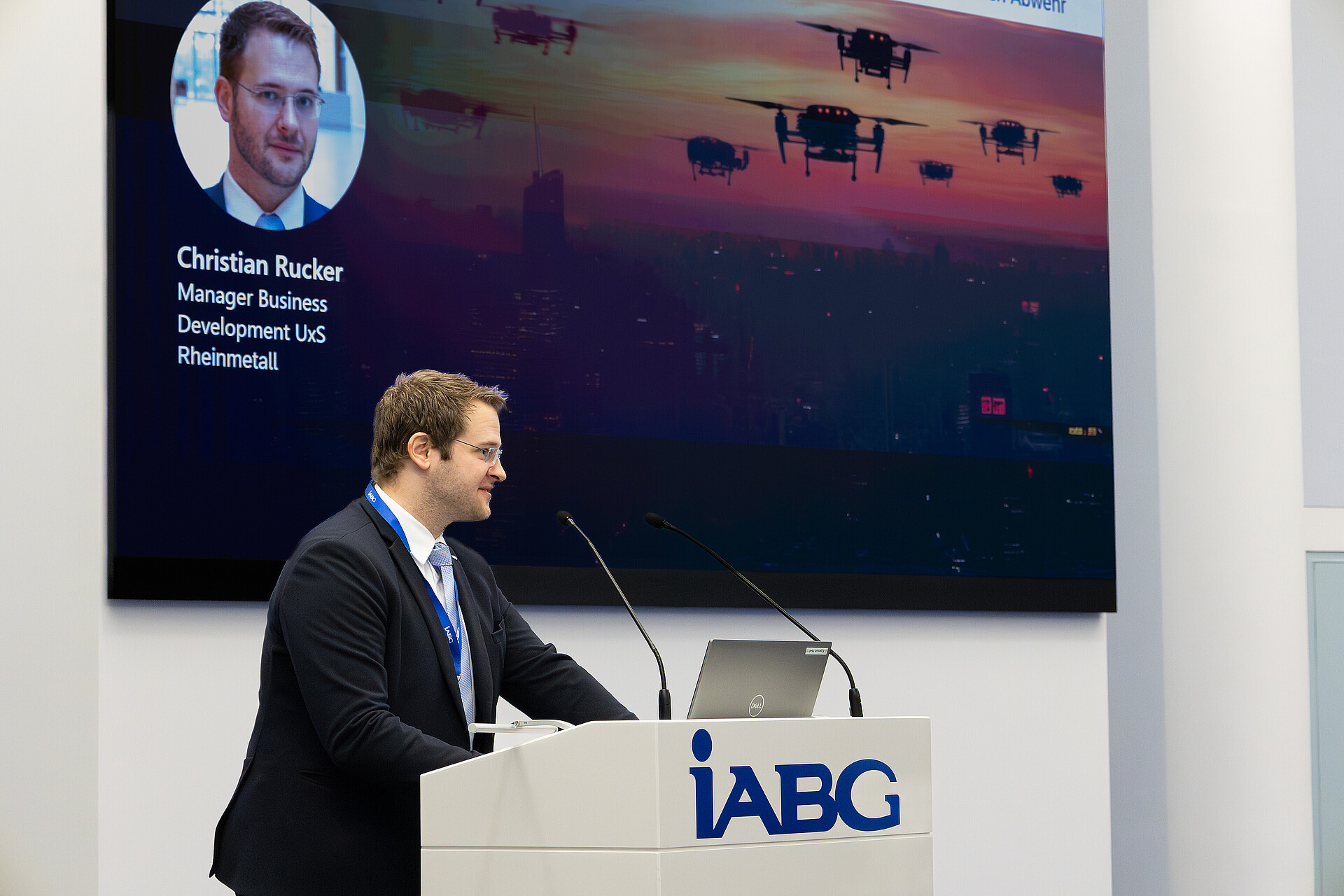

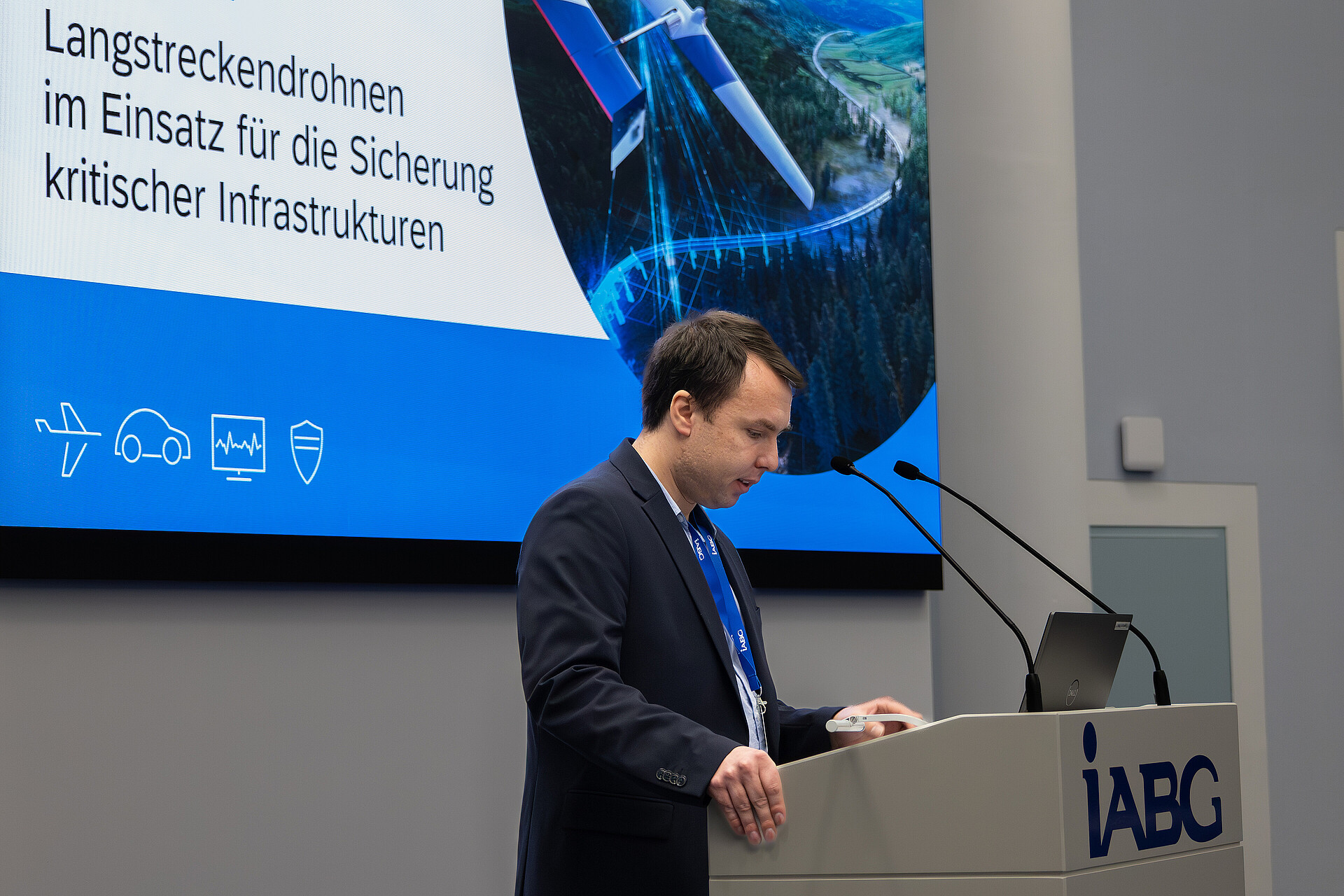
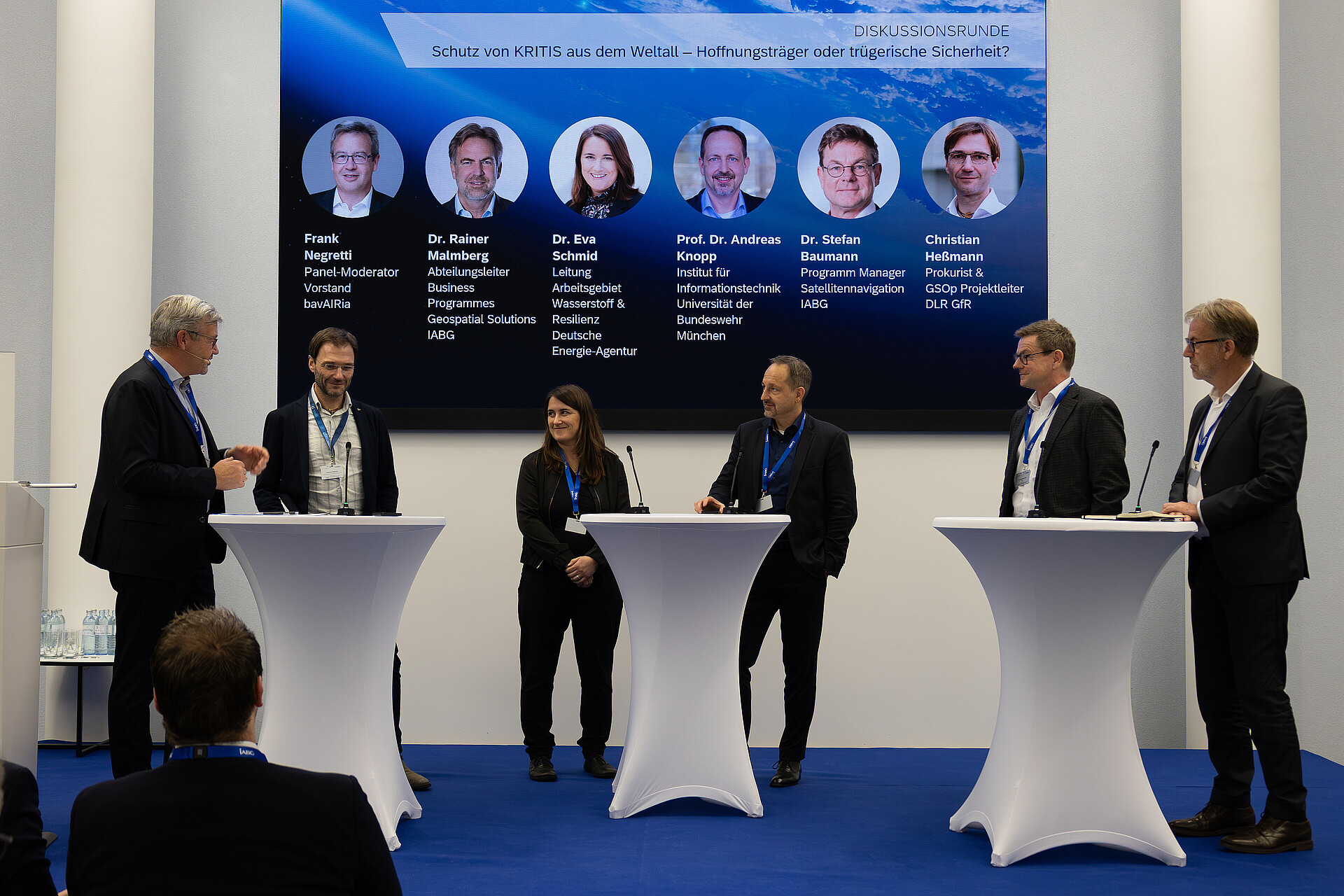
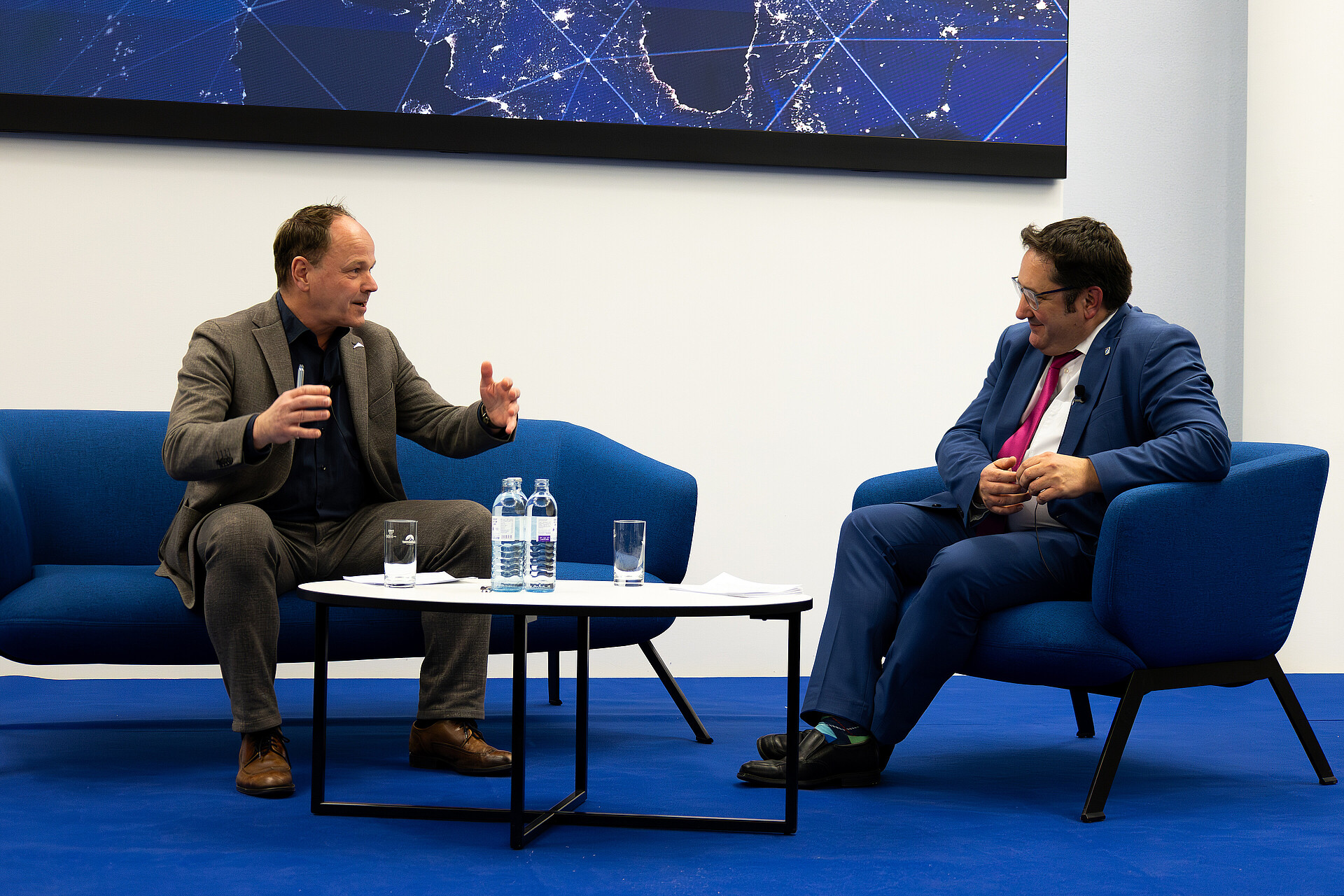
How can we help you?
Please fill in the form and we will get in touch with you as soon as possible.
